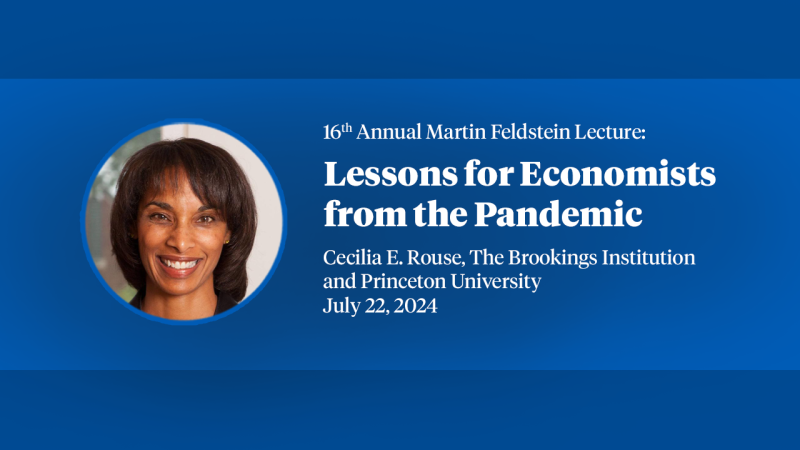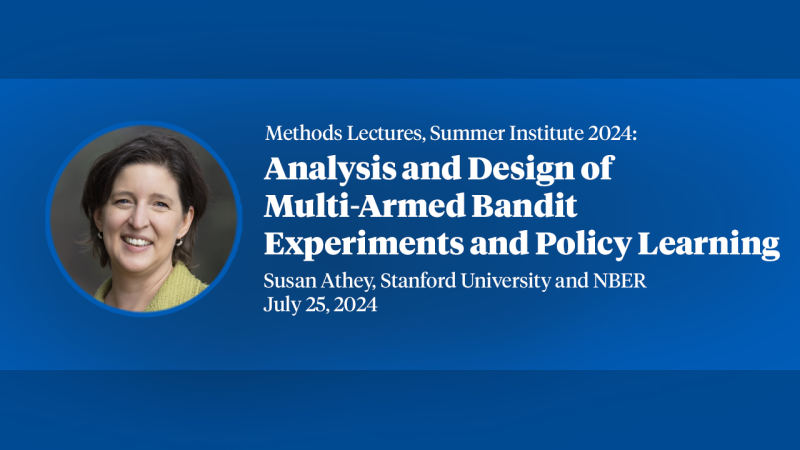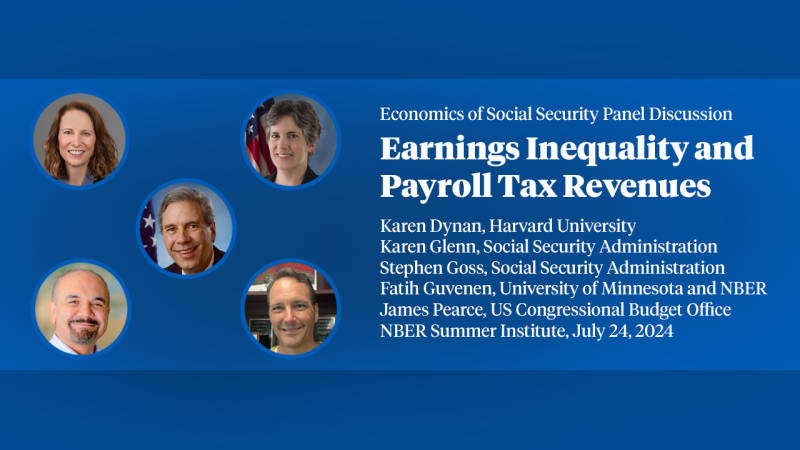Spatial Sorting and Inequality
This chapter examines the role of spatial sorting in shaping economic inequality in the United States. We first document the evolution of firm and worker sorting by skill level between 1980 and 2017. We highlight a shift since 2000, where both high-education workers and firms increasingly sort away from high-wage, high-rent areas. Throughout the entire time period, high-education workers continue to sort to high amenity areas. We then develop a spatial equilibrium model that incorporates idiosyncratic worker and firm sorting and discuss estimation techniques to identify model parameters. We review recent empirical advancements in spatial sorting, including firm and worker location choices and their interactions with housing policy. We conclude by outlining the model’s limitations and proposing directions for future research.
Published Versions
Rebecca Diamond & Cecile Gaubert, 2022. "Spatial Sorting and Inequality," Annual Review of Economics, vol 14(1), pages 795-819. citation courtesy of ![]()


